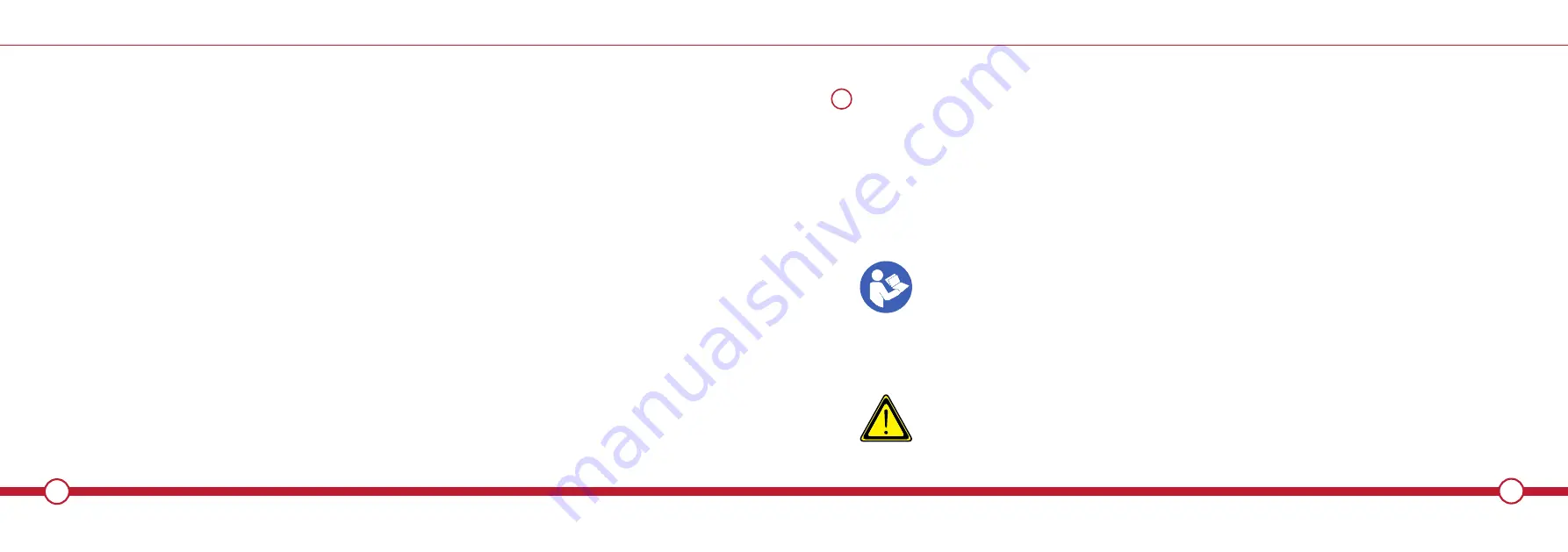
6
7
SAFETY INFORMATION
SAFETY INFORMATION
•
Always extend the ladders from the bottom.
•
Do not exceed the maximum total load.
•
Do not overreach, users should keep both feet on the same step throughout the task.
•
Do not step off a leaning ladder at a higher level without additional security, such as tying off or use of a suitable stability device.
•
Do not use standing ladders for access to another level.
•
Do not stand on the top three steps/rungs of a leaning ladder.
•
Ladders should only be used for light work of a short duration.
•
Do not use the ladder outside in adverse weather conditions, such as a strong wind.
•
Take precautions against children playing on the ladder.
•
Face the ladder when ascending and descending.
•
Do not use the ladder as a bridge.
•
Wear suitable footwear when climbing a ladder.
•
Avoid excessive side loadings e.g. drilling brick or concrete.
•
Do not spend long periods on a ladder without regular breaks (tiredness is a risk).
•
Leaning ladders used for access to a higher level should be extended at least 1m above the landing point.
•
Equipment carried while using a ladder should be light and easy to handle.
i
WARNING-
To reduce the risk of injury, user must read instruction manual.
PLEASE READ THESE INSTRUCTIONS FULLY BEFORE USE/OPERATING
Description Of Symbols.
Symbols are used in this manual to attract your attention to possible risks. The safety symbols and the explications which accompany them
must be perfectly understood. The warning themselves do not prevent the risks and cannot be a substitute for proper methods of avoiding
accidents.
This symbol, before a safety comment, indicates a precaution, a warning or a danger. Ignoring this warning can lead to an
accident for yourself or for others. To limit the risk of injury, fire, or electrocution always apply the recommendations
indicated.

























